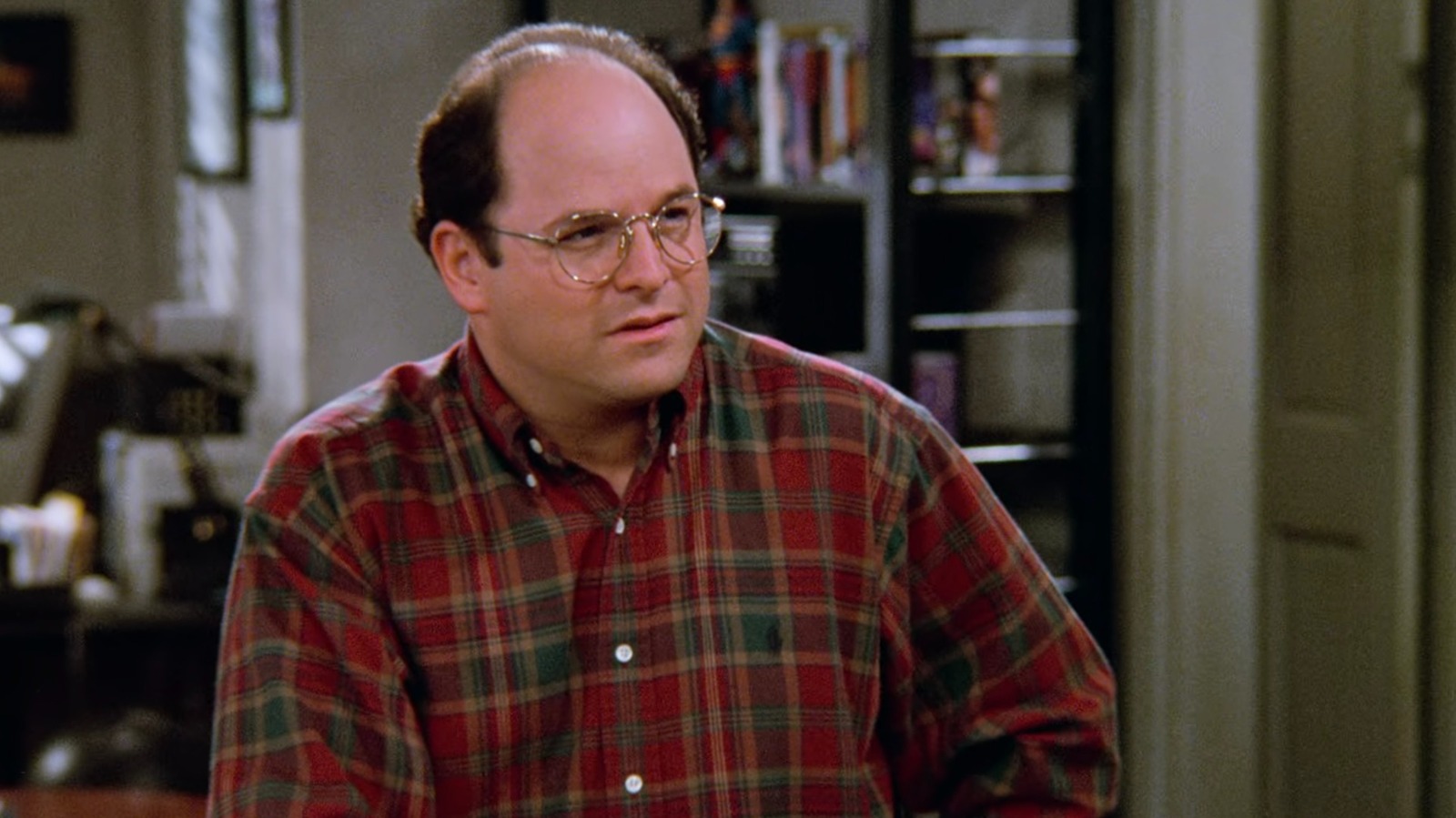World
A century of the world’s best pet cemeteries

Before pet cemeteries became a thing in the mid-19th century, few options existed for disposing of a beloved dog or cat (or parrot or monkey). In Paris, 5,000 dead animals a year were tossed in the Seine, while north of London 750 deceased dogs a week were taken for “rendering” and turned into manure.
But when animal owners tried to bury their prized pets in human cemeteries, people revolted. In Scotland in 1885 a woman had a wake for her dear cat Tom and the neighbors paid their respects, but when she attempted to inter him at a local burial ground a riot broke out. Tom was pulled from his casket and his corpse returned to his owner.
“In Los Angeles, an attempt by a widow to bury her husband’s dog alongside him resulted in a court hearing in which her mental competence was put on trial,” writes Paul Koudounaris in “Faithful Unto Death: Pet Cemeteries, Animal Graves & Eternal Devotion” (Thames & Hudson, out now).
The first plot of land put aside to bury a family pet was in London in 1881, when a friendly Maltese named Cherry was laid to rest in Hyde Park. Cherry spent many happy days in the park, so when the dog passed his family asked the caretaker to bury Cherry beside his cottage.
When the man agreed, many similar requests followed and were granted, turning his property into the first pet cemetery.
“His garden became a visible message in a public park . . . that pets deserve a death with dignity.”
A second pet cemetery was established in Huntingdonshire, built as a commercial venture. It proved the final resting places for cats and dogs but also “rabbits, parrots, snakes, monkeys, and mice,” all buried for a price between 5 and 13 shillings, size dependent.
For a few pence more “turf and bulbs” were added to a plot, a classy touch that convinced the King of Belgium and two Siamese princes to bury their furry friends there.
Perhaps the most famous animal resting place is Le Cimetière des Chiens in Paris. Prior to its existence pet owners weren’t allowed to dump their dead animals in a river or toss them on a rubbish heap, leaving almost no options for Paris city dwellers who owned no land.
The police agreed when a lawyer named Harmois argued “there is no way to get rid of a dead animal without risking a citation,” so Harmois helped establish the city’s Cemetery for Dogs and Other Domestic Animals in 1899. It became the world’s “most fabled pet cemetery,” with 16,000 burials the first 20 years, including that of the faithful greyhound, Emma.
Emma was owned by a fallen Neapolitan princess, a young woman seduced by Paris’ underbelly who eventually became a cabaret singer and prostitute. The inscription the young woman had etched onto the greyhound’s headstone remains noteworthy still.
“To the memory of my dog Emma, faithful companion and the only friend of my wandering and desolate life.”
Other notable inscriptions are found around the world. One English tombstone reads for “Fudge, as dear and sweet as his name.” Outside Atlanta is Bingo’s, “let a little dog into your heart and he will tear it to pieces.”
In the Arizona desert a memorial to an unnamed dog teases, “Everyone loved you but Uncle Ted. Yeah, f*ck Uncle Ted.”
Ultimately, no one did pet cemeteries like the Americans though, who by the 1920s had over 600, more than the rest of the world combined. A boneyard for New York City animals was built in Hartsdale and still exists today, home so far to 100,000+ burials.
Its most famous resident must be Goldfleck, a full-grown lion who spent his short life living entirely in The Plaza Hotel with the Hungarian princess who adopted him. Goldfleck was so pampered that he eventually died young, of gout, due to his wildly inappropriate diet.
At Pine Ridge outside Boston is buried Igloo, who went to the North and South Poles with Admiral Byrd, and the 3 Boston terriers owned by Lizzie Borden.
Interred at Cara Glen outside Atlantic City are both “Rex the Wonder Dog” (who had a waterskiing act in that gambling mecca) and Parry, famed for riding a tricycle while chewing on a pipe on the city’s boardwalk.
Los Angeles Memorial Pet Park was established in the late 1920s, a burial ground called the “Valhalla of dogs and cats of the screen.”
It’s the final resting place of animals including Hopalong Cassidy’s horse, Topper, who starred in 66 movies. The cemetery also became the favorite of many Hollywood stars —including Betty Grable, Lauren Bacall, both Abbott and Costello, and Alfred Hitchcock — who all buried beloved animal companions there. Jerry Lewis interred so many pets in nearby Pet Haven that he was granted an entire section.
If once the idea of burying a pet seemed absurd, times have changed. In the Gloucestershire village of Blockley, for example, stands a headstone for a “tamed trout,” a fish whose owner claimed would come when called.
At Aspin Hill Memorial Park outside Washington, DC, is an unmarked grave for a common housefly, an insect some co-workers believe brought joy to their office.
All of the burials though, all around the world, tell the same story. Humans honor their lost animal friends with funerals and burial plots to recognize the inestimable affection and companionship their pets provided in life.
Or, as the Boston poet Le Baron Cooke said: “I knew love; I had a dog.”






/static.texastribune.org/media/files/f5fdb1dff4d6fd788cba66ebaefe08d0/Paxton_GOP_Convention_2018_BD_TT.jpg)


